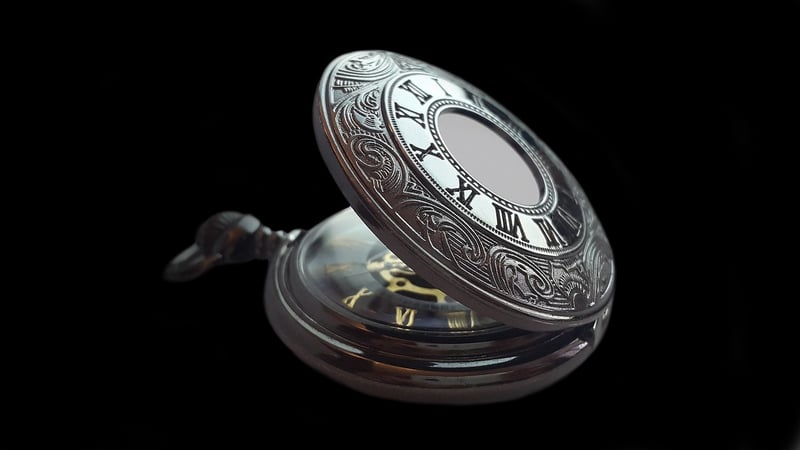Temporal Mechanics Guide
The Beginner's Guide to Temporal Mechanics: Understanding the Concept of Time
Welcome to our comprehensive guide on temporal mechanics, where we delve into the fascinating world of time and its complexities. Whether you're a science enthusiast, a fiction buff intrigued by time travel, or simply curious about the concept of time, this guide aims to break down the basics of temporal mechanics in an accessible way.
What is Temporal Mechanics?
Temporal mechanics is a branch of physics that deals with the study of time, its passage, and how it interacts with matter and energy. It explores concepts such as causality, time dilation, and the nature of past, present, and future.
Key Concepts in Temporal Mechanics
- Causality: The relationship between cause and effect, and how events in the past influence the future.
- Time Dilation: The stretching or shrinking of time experienced by objects in motion relative to each other.
- Wormholes: Hypothetical tunnels in spacetime that could allow for shortcuts through space and time.
Applications of Temporal Mechanics
While temporal mechanics is often explored in science fiction, it has real-world applications in fields such as:
- Relativity and space-time studies
- Quantum mechanics and particle physics
- Chronology and historical research
Further Exploration
If you're interested in delving deeper into the realm of temporal mechanics, consider exploring books like "A Brief History of Time" by Stephen Hawking or "The Fabric of the Cosmos" by Brian Greene. These resources offer in-depth insights into the nature of time and the universe.
Remember, while temporal mechanics may seem complex and mind-bending, it's a fascinating field that continues to intrigue scientists and enthusiasts alike. So, embrace the mystery of time and enjoy your journey into the world of temporal mechanics!

Image Source: Pixabay
